A Sceptic Visits the Turin Shroud: It Sucks and It’s Fake Anyway

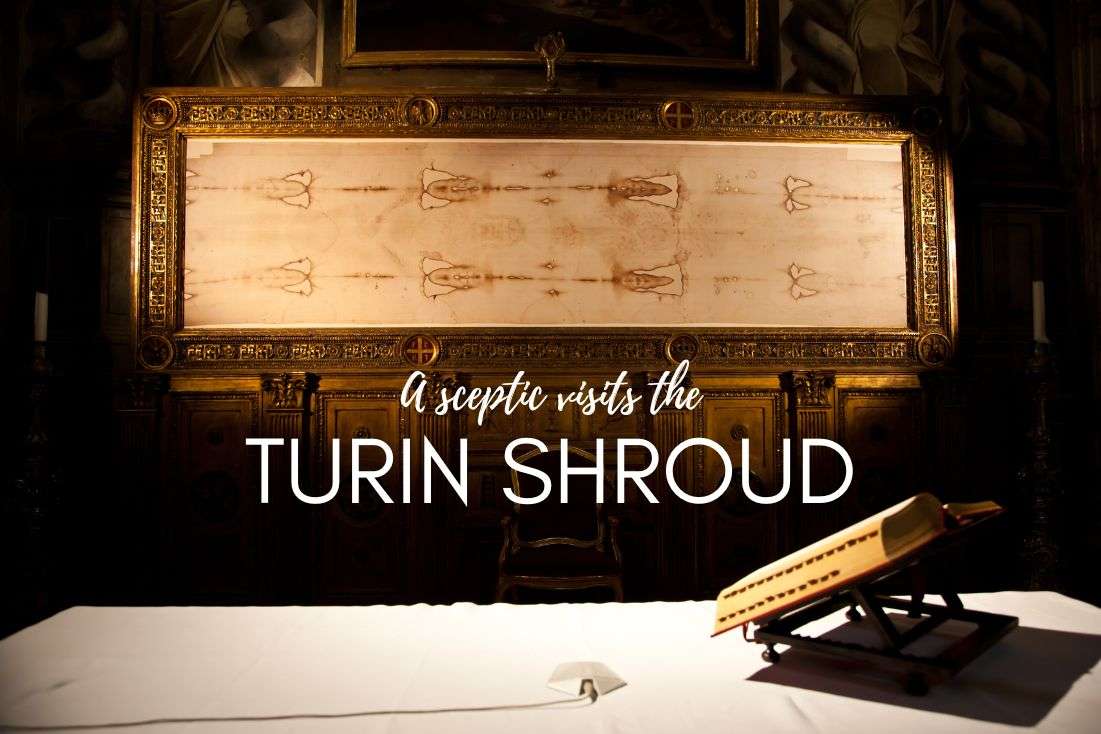
We traveled to Turin and if the Holy Shroud were our only reason to go there, I would say Turin sucks. Surprisingly though, for a city that doesn’t have much to offer, it has a lot to offer!
The shroud though. First of all, you might have come here to find out what it even is. It’s supposed to be the cloth in which Jesus was wrapped in for burial after being crucified. It is a yellowish linen cloth 14 ft 5 in × 3 ft 7 in large with a light brownish image of the front and back of a naked man. There are redish spots in places where one would expect blood following a crucifixion.
The image on the shroud is very faint. The details of the face are not visible to the naked eye at all. All the pictures of the face you see around the internet and on the 384 different souvenirs they sell everywhere in Turin is actually from the first developed photo of the shroud.
A medieval dude, the French knight by the name of Geoffroi de Charny, was the first documented person in possession of the shroud. This was in the 1350s in a town called Lirey in France. How or where he got it, nobody knows.
Jesus was a pretty big deal back then, maybe bigger than today even, so you can imagine the interest in the shroud that followed this discovery. Then in 1390, a local bishop wrote a letter to the Pope saying that the shroud is a fake and that the artist that created it confessed. Which made it even more interesting of course. The believers believed more and the sceptics tried to prove it’s fake.
You might also be interested in reading:
- Cinque Terre Itinerary for 2 Days: A Perfect Weekend Trip
- Travel Tips for Italy: 10 Things to Know Before You Go
- Food of Italy: 12 Facts You Didn’t Know
- What to Do in Turin: 9 + 1 Places to Visit
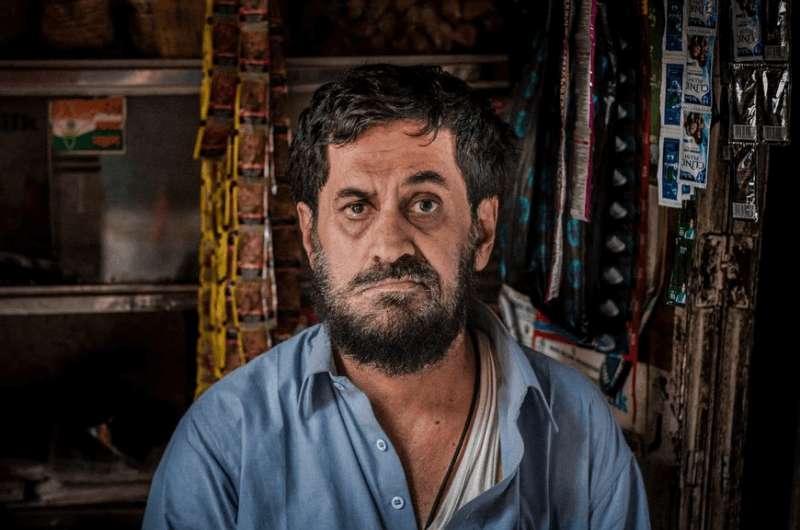
You really think the shroud is real, eh?
The photograph that scared the photographer
It wasn’t until 1898 when an amateur photographer from Italy, named Secondo Pia, was allowed to take a pic of the shroud, that the biggest shroud craze really started. It’s like an olden days viral Instagram story! They were celebrating the 400th anniversary of the Turin Cathedral and the king had two artists paint replicas of the shroud for a showing. Apparently they didn’t do a great job, because those paintings were never used, and so the king allowed the original to be shown, and he let Secondo take a photo.
Except back then, he didn’t use a smartphone but one of those big wooden box looking cameras and photographic plates that had to be developed. It was one of the first times that an electric lightbulb was used in photography. The cathedral didn’t have electricity, so they used a portable generator… it was a big setup to get this image. Plus the first time they took the photo, the images didn’t turn out, so they had a second try.
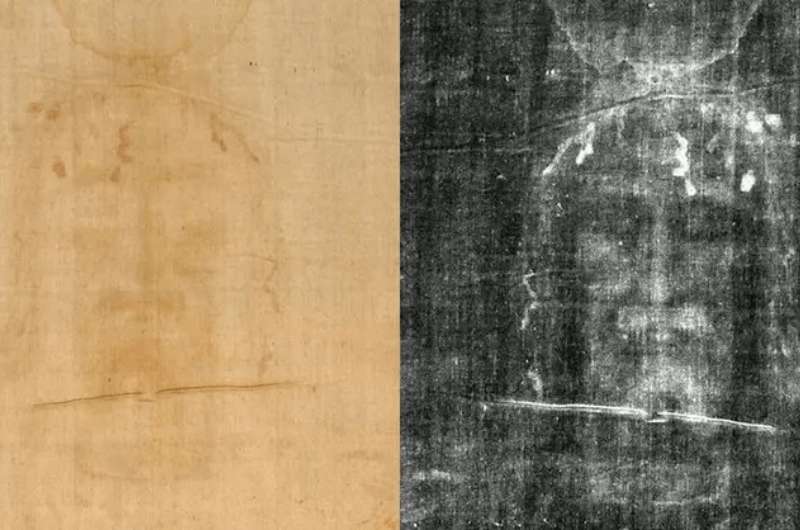
Shroud of Turin original and photo
Secondo and his assistants (because you needed a crowd to take one picture back then, seriously, let’s take a minute of gratitude for our smartphones) were developing the second plates, Secondo apparently freaked out and almost dropped the plate because there was a clear, detailed face of a man staring back at him in the photograph. That is how the negative image that is so famous today was discovered and unveiled the “true identity” of the man on the shroud.
Suddenly, the image spread to believers and sceptics alike and the stakes were higher than ever. Is the shroud really what they say it is?? Somebody tell us already!!
600 years of proving the Turin Shroud is fake
It is now 630 years later and people are still arguing over the authenticity of it. Every new technology invented has had a turn at figuring out how old the cloth is and if it could have actually touched Jesus’ body. New evidence pops up all the time, and for every report confirming it there are three studies disproving it. So take your pick I guess.
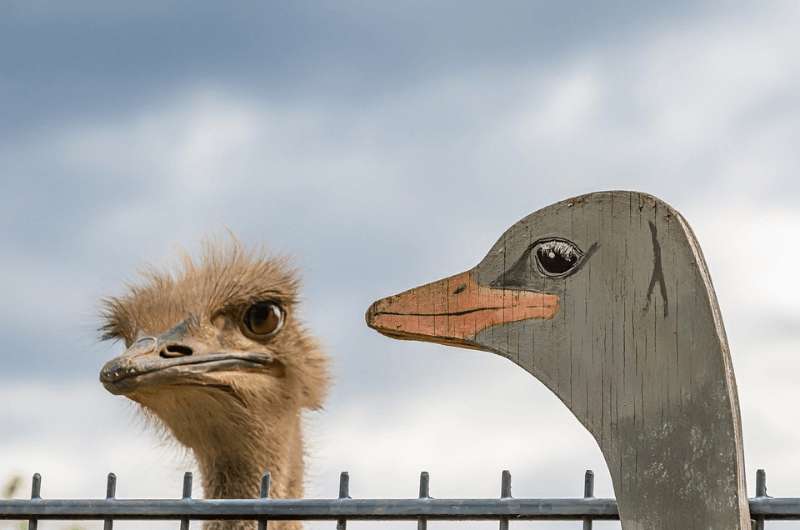
Is it the real thing or not?!
Honestly, for me, the mystery and hysteria surrounding the Turin shroud is the real tourist attraction. There are scientists that have dedicated their lives to this piece of linen, there is a post graduate certificate in shroud studies that you can study to get, it’s a whole thing, ok.
In 1978, a group of researchers from the US called STURP (Shroud of Turin Research Project) traveled to Turin to study the shroud for 5 days non-stop. Their conclusion? Drumroll please… dundundunduuuun: The Turin shroud remains a mystery! Disappointing, right? It’s like when part 1 of a movie leaves you with a cliffhanger, and then part 2 forgets to tell you what happened. So frustrating! The fact that the face has such clear details is what throws everyone. They say the shroud was in fact in touch with a human body, but how would a face imprint so well? Who knows. Well, nobody, apparently.
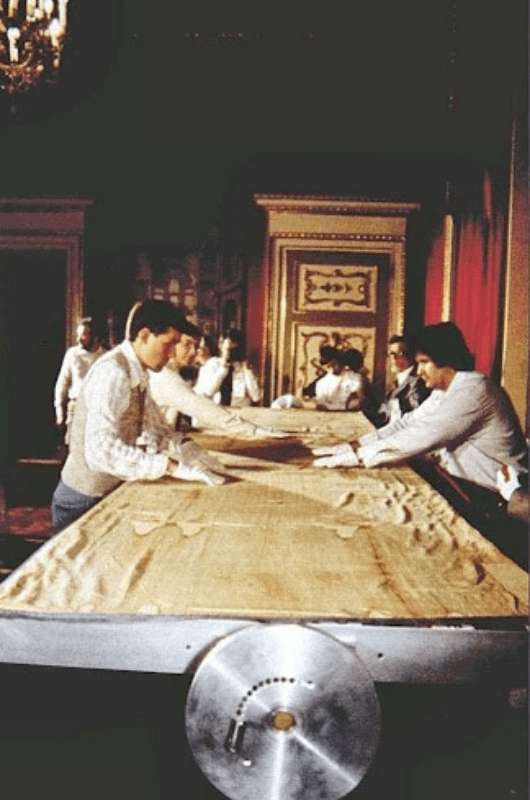
Look at all that touching! STURP team takes a crack at the Shroud.
Radiocarbon dating off by 1000 years?
In a highly anticipated study that sceptics hoped would put the discussion to rest once and for all, a 1988 radiocarbon dating study was done on samples of the shroud. Samples were studied in three separate labs that were not able to communicate with each other during the testing, and they came up with this result: the Turin Shroud is only about 600 years old, originating between 1260–1390 AD. Jesus was supposedly buried in 30 or 33 AD. See the problem there?
I like this quote by the psychologist Christopher French: “...the skeptics think they've finally killed it off but the claims are like zombies…”
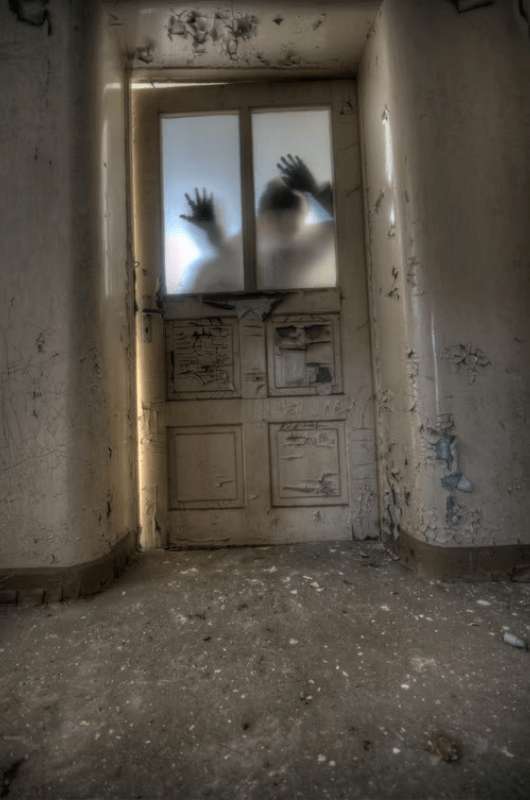
They just keep coming back
They dated it, the end, right? Well… what about a possible bacterial contamination? Smoke contamination (the shroud was in a few fires over the years, more on that below)? Medieval repairs (nuns patched it up after the fires)? Something about vanillin?
To add to the suspension, a study published in 2013 by researchers from Northern Italy said that they re-studied the fibers from the 1988 carbon testing and found that the samples were contaminated by fibers from repairs to the shroud. Granted, technology was 25 years further in the future during these new tests, so maybe they did make a mistake back then? This time the tests used infra-red light and spectroscopy – the measurement of radiation intensity through wavelengths. Through this testing they set a new date of origin: between 300 BC and 400 AD, which, you guessed it, encompasses the time of Christ.
If you can’t beat them, burn them?
And so, the mystery lives on. As if that wasn’t enough, as I mentioned, the shroud has been witness to some fires over the years, some argued to be arson. The first one was in 1532 while the shroud still lived in France. The chapel that housed it caught fire and molten silver burned through it in some places. Since they stored the shroud folded, those burns created a nice triangular pattern down both sides of the cloth.
What do you do when an incredibly special artifact gets holes burned through it? Destroy it even more by sewing patches over the holes! The poor nuns at the chapel put 22 patches onto the holy shroud to save it.
During the next centuries, more patches were added and removed and other repairs were inflicted upon the shroud that was just desperately trying to stay intact. Could those repairs have compromised the results of tests? Hmmm.
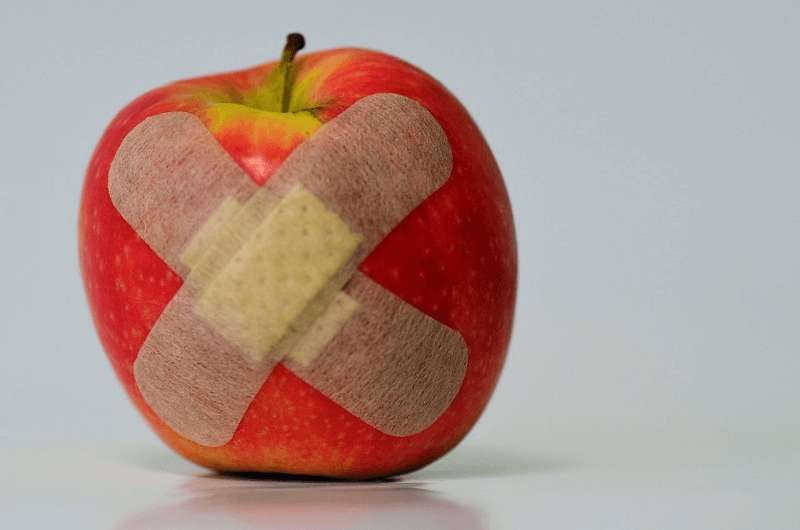
There, we fixed it
In 1997, a fire at the Turin Cathedral was the latest big threat to the shroud. Imagine a fireman storming into the cathedral attempting (and succeeding!) to save the Holy Shroud. After praying and breaking the bullet proof glass protecting the shroud with a sledge hammer, other firemen joined him in breaking the shroud out of the casing with their bare, bloodied hands (they were wearing their firefighters gloves, but still). The account of the night is quite captivating, mentioning the dome was undergoing restoration at the time, meaning the shroud was not in it’s usual spot. If it had been where it was before the restoration, it would’ve been completely destroyed.
The fire resulted in the cathedral being closed for almost 20 years while they repaired it and tried to figure out why there was a fire. In 2018, it finally re-opened.

DNA, resurrection radiation, and other hypotheses
Since this is a science vs. religion topic, some of the hypotheses are a little out there.There are so many questions surrounding the shroud, starting with how old it is and ending with how the image could have even been made. With every new study and conclusion, five new questions and counter-hypotheses pop up. It seems the more digging they do, the less they know. Here are some of the most studied ones:
1. Pollen from Palestine and DNA from all over the place
In 1978 a Swiss forensic scientist found 58 pollen specimens on the shroud fabric. Of those, three quarters were from plants indigenous to the region of Palestine. He concluded the shroud couldn’t have been found or created in France. That this is proof it had to be from Jerusalem, where Jesus was buried.
In 2015 Italian researchers took some dust vacuumed from the shroud in the 70s and 80s and examined the DNA in it. It contained plant DNA native to plants from Europe, Asia, Africa and the Americas, human DNA from various ethnicities of the planet and one from a marine worm from the Northern Pacific. The conclusion? Way too many people have touched and cried over the shroud in the centuries it has been known to exist and have infested it with their DNA to be able to get a proper result.
2. Is it a painting?
If the image were a painting, a chemical analysis would find pigments that could be attributed to the paint used. But the STURP team didn’t find any dyes or pigments on the shroud, and the color isn’t laid on top of the cloth fibers or infused into them. The fibers themselves are in fact a darker color where the image is “printed”. How did that happen? We don’t know! The STURP group said that the image was really made by touching the body of a crucified man and not by an artist. But they still didn’t know how that was possible.
3. Is it a photograph?
Secondo Pia, the very photographer that developed the first image of the shroud, suggested that the image on the shroud could even be a primitive photograph. Since the image is negative, meaning it is dark where it should be light (were it a painting or true image), maybe they figured out a way to impose the image of a man onto the cloth using silver nitrate, which did exist during medieval times and was used later when photography was actually invented. Could it be that someone knew how to take a photo centuries before they were supposed to?
4. Does resurrection emit radiation?
If the shroud really was from Jesus’s burial, some say that the image was created during his resurrection. Rising from the dead apparently could emit some sort of energy or radiation unknown to modern science (or any science, really). What do scientists say to this theory? Well, nothing. What could they say? They have nothing to base any tests on. What are they going to do, resurrect someone and measure the light around them while it happens?
5. The blood flow is funky
In 2018, a study was published that said the blood couldn’t have been from Jesus, or any crucifixion really. The blood pattern analysis found that the stains from the front and the back of the body don’t match up, that the directions in which it seems to flow is wrong and different on each wound, etc.
But nobody knows how and when Jesus was supposed to be wrapped in the shroud. Did they just lay it on him or was he wrapped and then moved somewhere? Wouldn’t the cloth have moved and the blood stains with it? Was he still alive during the wrapping? This was a thought they had because apparently the amount of blood that is on the shroud meant that the heart would’ve still been beating and pumping blood out of the wounds. Gory, huh?
Anyway, the study was basically some volunteers getting pretend-crucified and smothered with real and fake blood, being wrapped and unwrapped.
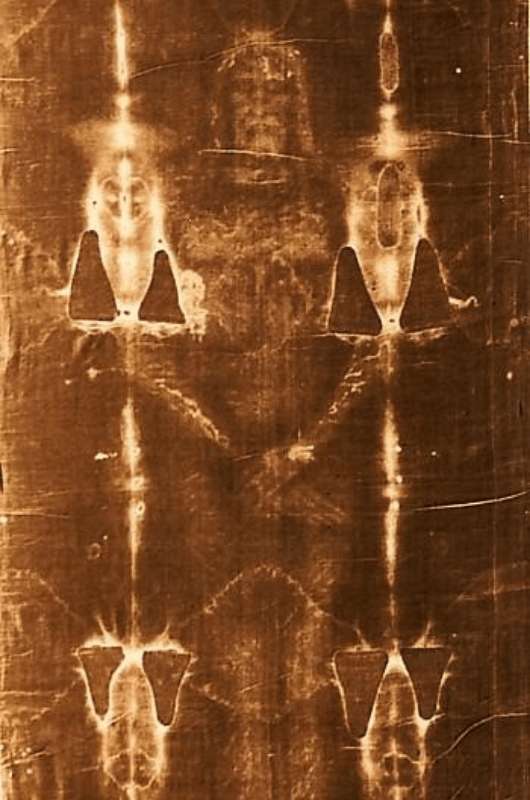
The list goes on. Just one last thing. The Catholic Church has stuck to its medieval guns and has never confirmed that it thinks the shroud is a real relic. In 2013 Pope Francis called it an "icon of a man scourged and crucified" and it is, of course, a great icon to many a Christian. But until the word “relic” is used by the Church, the Holy Shroud remains a special piece of cloth only.
Do you want to see the actual Turin Shroud?
If all this has intrigued you to visit the shroud in Turin, you can’t. You literally cannot see it unless you are very lucky and plan to go the next time the Pope decides to take it out of its climate-controlled, air-tight, bullet-proof box that lives in the Cathedral of Saint John the Baptist. This is where it has been housed since 1578, adjacent to the Royal Palace of Turin.
Tip: The Caffè Reale Torino, which is located right in the palace, is a nice place to relax for a bit if you need a caffeine break. If you’re hungry, read up on some interesting facts about Italian cuisine.
And then, if you do, bring comfortable shoes and a chair and a lot of snacks, because the lines to get in are endless. The last showing was in 2015 and over 2 million people lined up to see the Holy Shroud. Plus when you get in, you are not standing up close to it, so don’t plan on solving the age-old mystery by ogling the details. Heck, you won’t even be able to see any details.
It also came out of the vault for a few short days at the 2020 meeting of Europe's Youth Pilgrimage.
Maybe stay tuned for the next online showing. There was a livestream in 2020 and 2021.
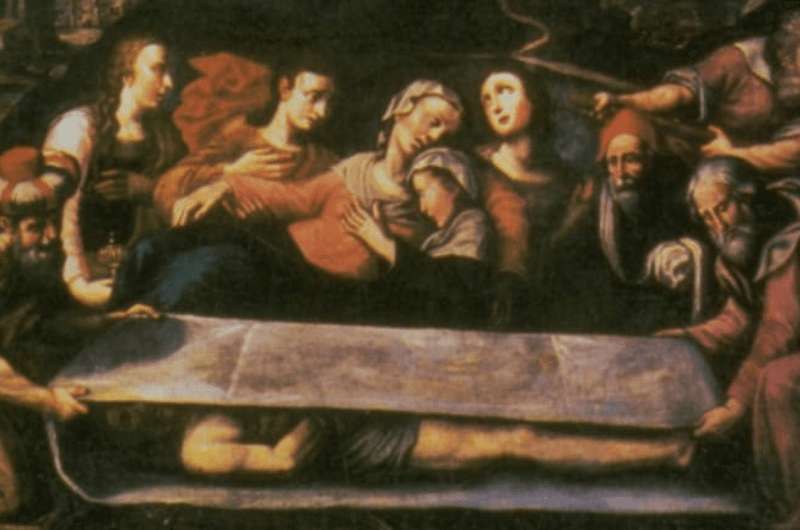
Is this how it happened?
If you are ok with not actually seeing the shroud, but want to see that photo of the face a million different times, head over to the shroud museum, which is close to the cathedral. I find the name of it a little comical – The Most Holy Shroud Museum. I wasn’t aware that there are levels of holiness. Is there something that’s a little holy? The Museum of the Sort of Holy Artifact… no?
The very holy museum is located in the crypt of the Most Holy Shroud Church (of course).
The Most Holy Shroud Museum (Museo della Sindone)
Via San Domenico, 28 – Torino
Tickets: €5,00
Open Monday to Sunday 3-6pm
It has a replica of the shroud of course, plus countless photos, close ups, statues, replicas of the camera that first took the photo, a replica of the thorn crown that Jesus might have had on his head, a replica of the replicas… you get the picture.
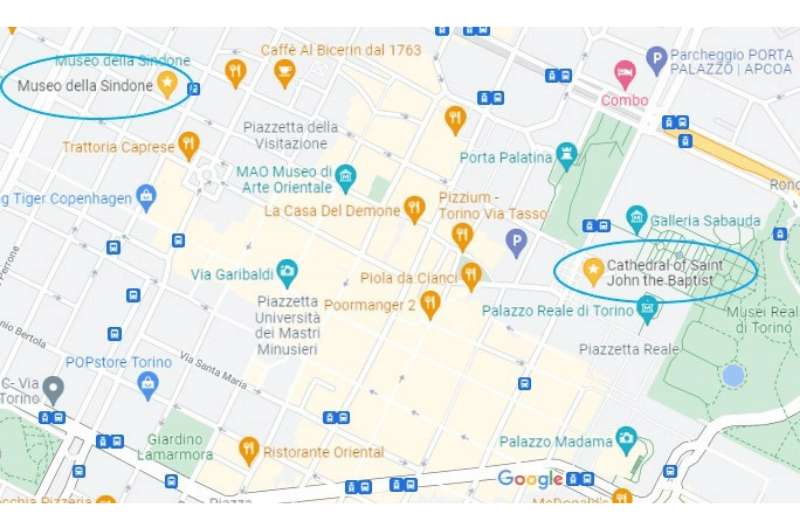
Here's a plan to give you an idea.
The takeaway
All publicity is good publicity and everyone likes a good mystery. Honestly, reading about the Shroud of Turin and all the ways people have tried to prove or disprove its realness is way more exciting than the actual Shroud of Turin, which you don’t get to see anyway. So you don’t need to go to Turin for it, just dive into the internet.
If you want to see actual dead people in Turin, head over to Turin’s Museum of Egypt. You can even see “Fred”, a real, live (haha) 5600 year old mummy, along with 16 other human mummies and a bunch of animal mummies. And they are, in fact, confirmed to be real. Take that, shroud!
This post contains affiliate links. I earn a small commission if you make bookings through my links, at no additional cost to you. This helps keep this blog free, thank you!







Comments
Thoughts? Give us a shout!